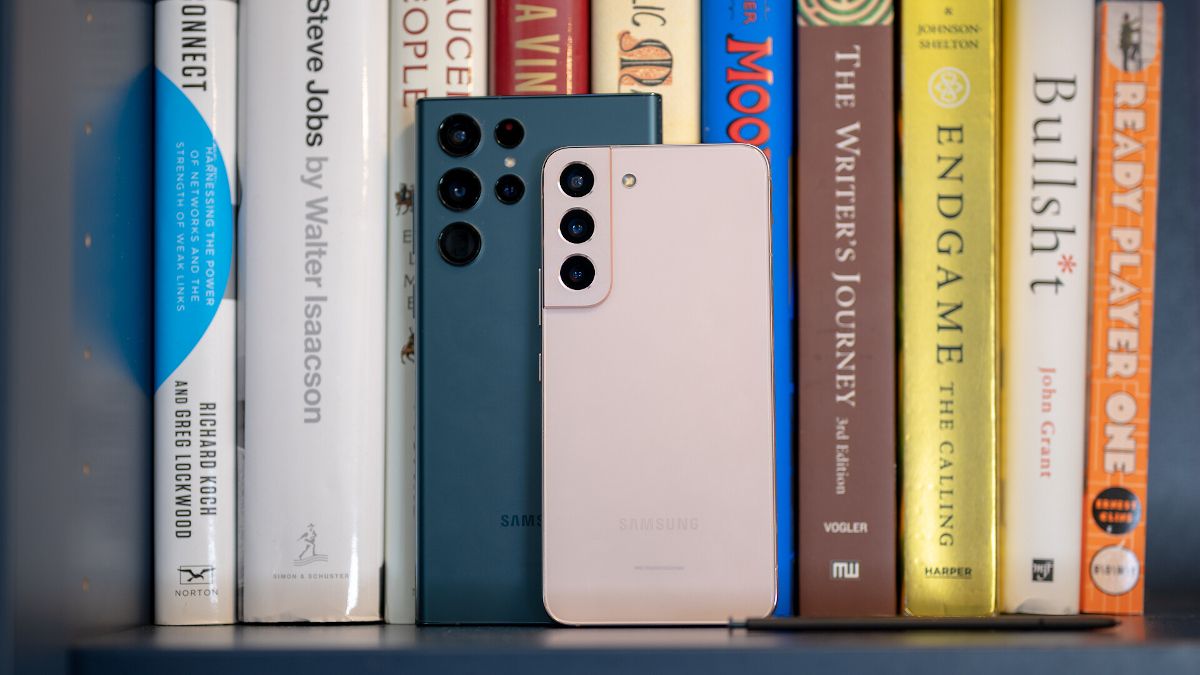Quick Links
When there's no internet, your "smart" phone may not feel so smart, but if you know that you're likely to be somewhere there's no Wi-Fi or cellular service, you can prep your phone to be more than a sleek paperweight.
Download Media Beforehand
You can download music from a streaming service, such as Spotify or Apple Music, to listen to offline. Most streaming services allow you to download several songs or playlists for offline use.
The same goes for movies or TV shows from a video streaming service, such as Netflix or Hulu. Many services allow you to download a limited number of titles for offline viewing.
You can also save ebooks from an eReader app, such as Kindle or Nook, to read later. The same goes for audiobooks, although they are, of course, much larger in terms of storage.
Many podcast apps allow you to download episodes for offline listening. Some podcasts have been running for years, so there's a vast back-catalog to work through.
While we don't think of them as content to be saved, you can save articles or web pages to read later using a "read it later" apps, such as Pocket or Instapaper. That's perfect if you must go on public transport where internet coverage is lacking.
Check That Your Apps Are Updated and in Offline Mode
It's a good idea to check if there are any pending updates for apps on your phone before you leave an internet coverage area. It's easy to do on both Android and iPhone. In some cases, apps or games you haven't used in a while will demand a login as your session has timed out. So it's a good idea to open apps you think you're likely to use while out of coverage and make sure your session is refreshed and the app is switched to its "offline mode" if it has such a feature.
If you've installed any apps recently but haven't opened them yet, there may be additional resources. files that have to be downloaded before the app is usable. So it's a good idea to open new apps first and ensure they're completely installed.
Use an Offline GPS App
Consider using a GPS app that is specifically designed for offline use, such as HERE WeGo or Maps.me. These apps allow you to search for points of interest and get turn-by-turn navigation without an internet connection. Google Maps also allows you to download maps for use when you're out of signal range.
Keep in mind that using GPS can drain your phone's battery more quickly, so it's a good idea to make sure your phone is fully charged or bring a portable battery pack with you.
Put Offline Reference Material on Your Phone
Perhaps the most important party trick smartphones have is offering instant access to information on just about anything. Without an internet connection, however, all of that knowledge is out of reach; or is it?
Apart from loading up your phone with reference ebooks, you can also download knowledge repositories to your phone for offline use. One of the easiest ways to do this is using the Wikipedia app (Android and iOS). The official app allows you to create lists of articles and download them for offline reading.
However, if you really want to pack the collective knowledge of humanity on your phone, you can use another app called Kiwix offline. Not only does this let you download all of Wikipedia in all its 50GB glory, there are various other repositories for specialized purposes. Such as the "off-grid living" download, which might have some crucial answers for those going, well, off-grid.
While these resource packs may seem like they're huge, these days, phones with 256GB or more storage are commonplace, and if you have a phone that supports SD card expansion, it's easy and affordable to add enough storage to store multiple resource packs.

